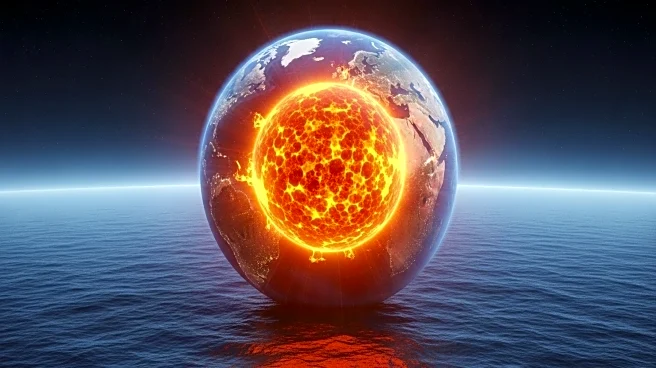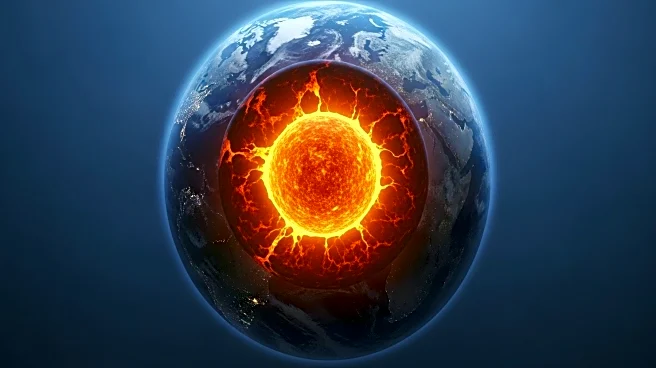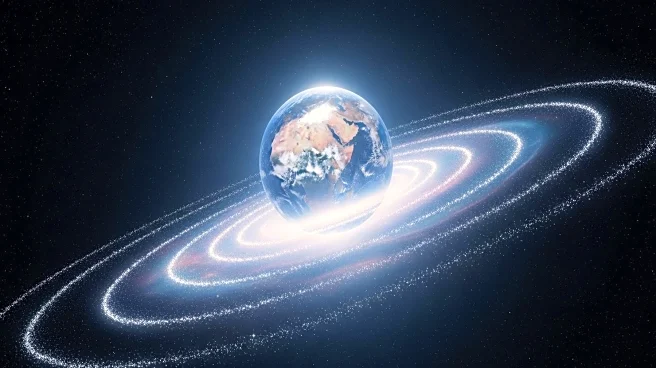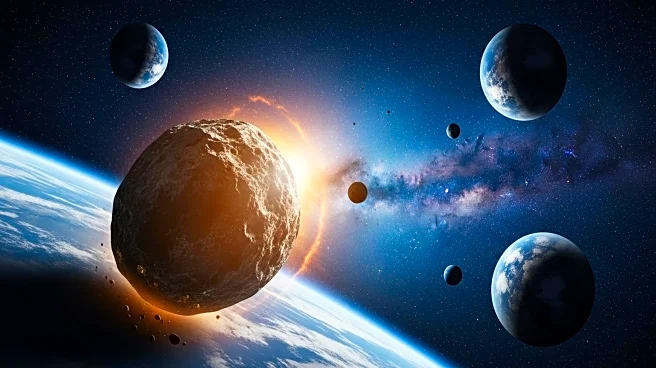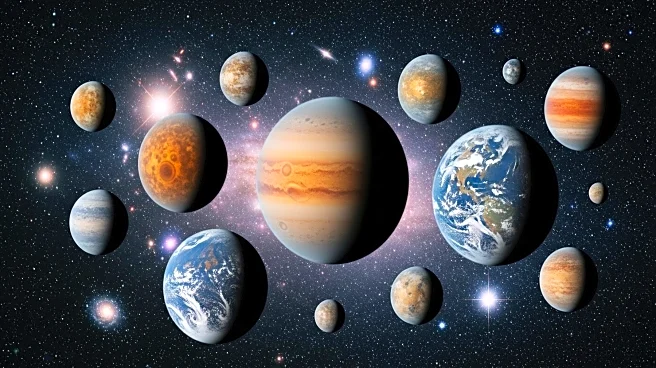What is the story about?
What's Happening?
A recent study conducted by researchers at Penn State and Columbia University has revealed that Earth's continents have remained stable due to extreme heat in the planet's lower continental crust. Published in Nature Geoscience, the study demonstrates that temperatures exceeding 900 degrees Celsius were crucial for redistributing radioactive elements like uranium and thorium. These elements generate heat as they decay, and their movement from the bottom to the top of the crust allowed the deep crust to cool and strengthen. This process not only stabilized the continents but also mobilized rare earth elements such as lithium, tin, and tungsten, providing insights into their distribution. The findings suggest that similar processes may occur on other Earth-like planets, offering new clues for planetary scientists in the search for habitable worlds.
Why It's Important?
The study's findings have significant implications for modern technology and planetary exploration. The redistribution of radioactive elements and rare earth minerals is essential for technologies like smartphones, electric vehicles, and renewable energy systems. Understanding these processes could enhance exploration for critical minerals, which are increasingly vital for technological advancement. Additionally, the research offers new perspectives on planetary habitability, suggesting that stable continents are a prerequisite for life. By identifying the conditions necessary for continental stability, scientists can better assess the potential for life on other planets, expanding the scope of astrobiological research.
What's Next?
The study opens avenues for further research into the geological processes that stabilize continental crusts. Scientists may focus on identifying new deposits of critical minerals by understanding the reactions that initially redistributed these elements. This could lead to more efficient mining practices and the discovery of new mineral resources. Additionally, planetary scientists may use these findings to refine their criteria for identifying habitable planets, potentially guiding future space exploration missions. The study also encourages a reevaluation of Earth's geological history, prompting further investigation into the conditions that shaped the planet's crust.
Beyond the Headlines
The research highlights the intricate relationship between geological processes and technological advancement. By understanding the conditions that stabilize continents, scientists can better predict the availability of essential minerals, influencing economic and industrial strategies. The study also underscores the importance of interdisciplinary research, combining geology, technology, and planetary science to address complex questions about Earth's history and the potential for life beyond our planet.
AI Generated Content
Do you find this article useful?
